Welcome to our new Q&A forum! We're often asked great questions about our aprons and workwear, and we want to share the answers with everyone. We'll be updating this page regularly with more insights, so check back often!
Q: What are the fabric compositions of your pottery aprons, and why are they ideal for throwing clay?
A: Our pottery apron collection features two distinct fabric types, each chosen for its unique benefits in the studio: Twill and Denim.
Twill Aprons: Our green and gray pottery aprons are made from durable twill fabric. Twill is known for its distinctive diagonal weave, which provides excellent strength, tear resistance, and a good drape, making it a reliable choice for demanding work environments.
Denim Aprons: For our blue, beige, and black pottery aprons, we use specialized denim. Unlike the heavy denim found in jeans, our apron denim is carefully structured to be lighter weight, offering comfort without sacrificing durability. This lighter composition is essential for an apron that needs to move with you.
Here are the specific compositions for our denim pottery aprons:
-
Blue Denim: Made from 90% Cotton / 10% Viscose.
- The high cotton content ensures classic denim feel and breathability.
- The addition of viscose (a semi-synthetic fiber made from regenerated cellulose) contributes to a softer drape and can add a subtle sheen, making the apron comfortable and flexible for pottery work.
-
Beige Denim: Made from 80% Cotton / 20% Polyester.
- The cotton provides natural comfort and absorbency.
- The polyester blend enhances durability, reduces wrinkling, and offers improved resistance to wear and tear, standing up well to studio use.
-
Black Denim: Also made from 80% Cotton / 20% Polyester.
- Similar to the beige option, this blend combines cotton's comfort with polyester's strength and resilience, ensuring a long-lasting and easy-care black denim apron.
In summary, whether you choose our sturdy twill or our specially blended, lighter-weight denim, all our pottery aprons are designed to provide the ideal balance of protection, comfort, and durability to support your creativity at the wheel or workbench.
Got it, let's add that canvas fabric question to your Q&A blog post. This is a great insight into the realities of sourcing professional-grade materials.
Here's how to integrate that answer into your existing Q&A blog post:
Q: Why is it difficult to find canvas aprons in a wide range of colors?
A: That's a great question, and it highlights a unique aspect of canvas! From the fabrics we work with, canvas is indeed one of the most challenging when it comes to finding a broad spectrum of colors.
This is primarily because canvas is a highly specialized, professional-grade fabric. Its main purpose is for durability, strength, and rugged use in demanding environments, not typically for fashion-driven color trends. As a result, the market for professional-grade canvas fabric tends to focus on practical, hard-wearing hues.
Currently, the most common and consistently available colors for the professional canvas we source are black, gray, and mustard. To meet specific customer needs, we also custom order canvas in green and brown. Occasionally, you might find other canvas colors pop up, but these are typically limited runs or leftover fabrics from unique custom orders for larger clients.
So, while we'd love to offer canvas in every shade imaginable, the reality of its professional application means color options are more limited than with other fabrics. We strive to provide the best and most practical color choices available for this exceptionally durable material.
Got it! This is a very insightful and practical answer regarding fabric care and durability, especially for workwear. Let's incorporate it into your Q&A blog post.
Here's the updated Q&A section, adding this new question:
Q: Is it advisable to mix dark and light 100% cotton fabrics in professional workwear?
A: When it comes to professional workwear, especially items that will undergo frequent washing and drying cycles, we generally advise caution when mixing dark and light 100% cotton fabrics.
Here's why:
- Dye Bleeding Risk: Even a small piece of darker 100% cotton fabric, like a loop or strap, can pose a risk of dye bleeding onto lighter cotton sections, especially during washing. This can result in discoloration or a dulling effect on the lighter fabric over time.
- Fading and Wear: 100% cotton fabrics, particularly darker dyes, are more prone to fading with repeated washing. If you compare a black 100% cotton garment to one with a polyester blend, you'll often notice that the pure cotton version appears "older" or more faded much sooner due to the dye loss. This aesthetic wear is a significant factor for professional uniforms that need to maintain a crisp appearance.
- Longevity in Professional Settings: Professional workwear is subjected to much more rigorous use and washing than everyday clothing. While 100% cotton is comfortable and breathable, for the longevity and sustained appearance required in a professional environment, blends often offer superior performance in terms of color retention and structural integrity.
Our Recommendation: Based on these factors, we typically recommend fabric compositions that minimize the risk of dye bleeding and maximize durability and color fastness for mixed-color designs.
However, we are flexible! This is ultimately a recommendation based on our experience with workwear durability. If you prefer a 100% cotton fabric and understand the potential for accelerated fading or dye transfer, we can certainly explore options to meet your specific needs. Just let us know your preference!
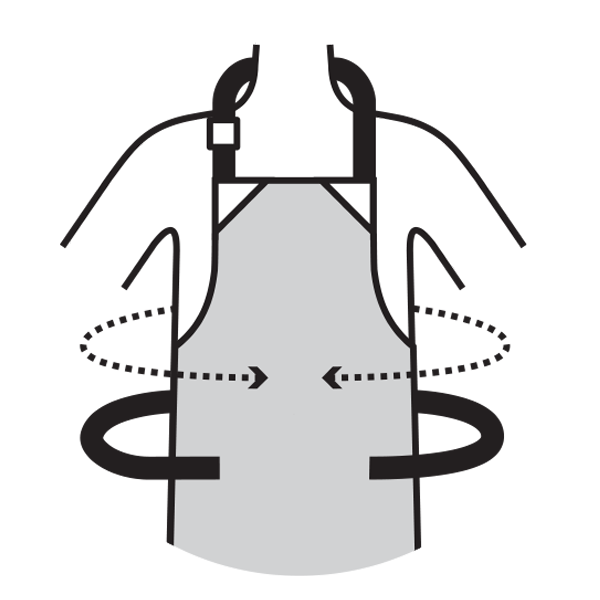

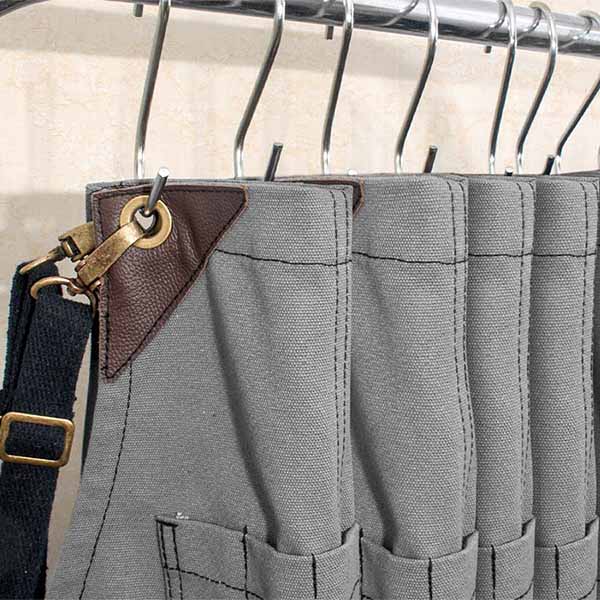
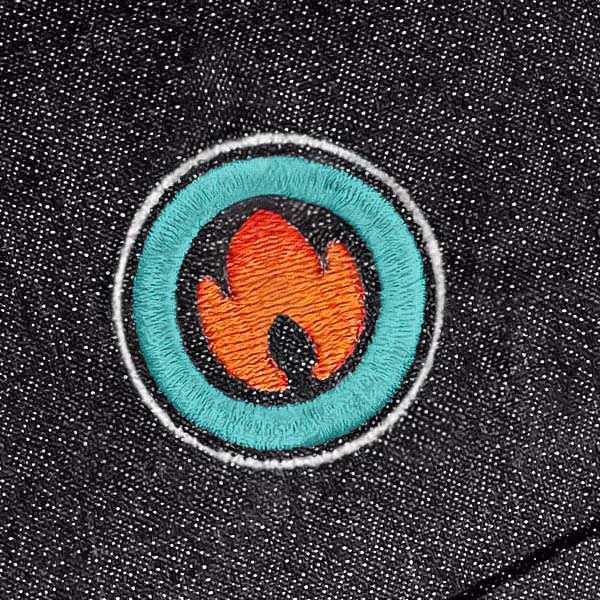
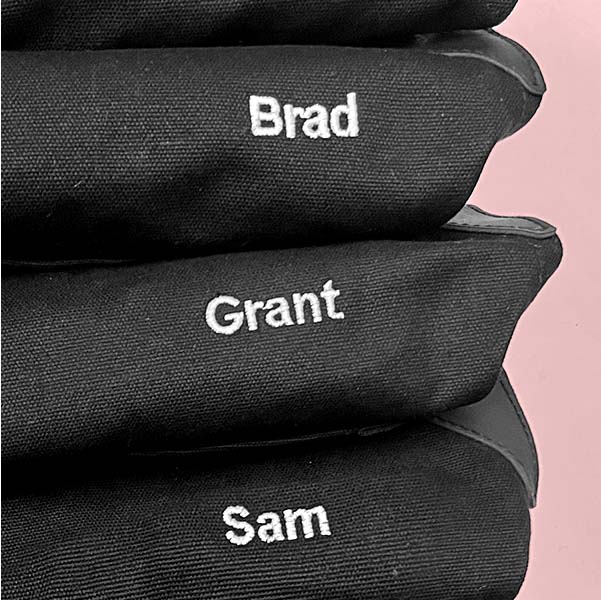
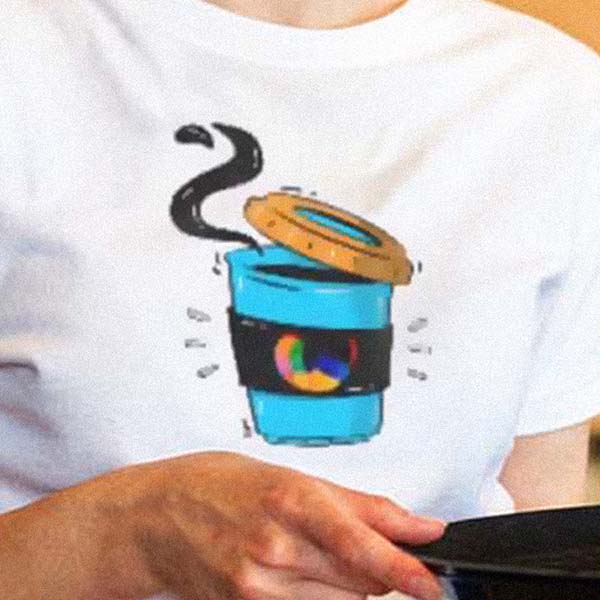
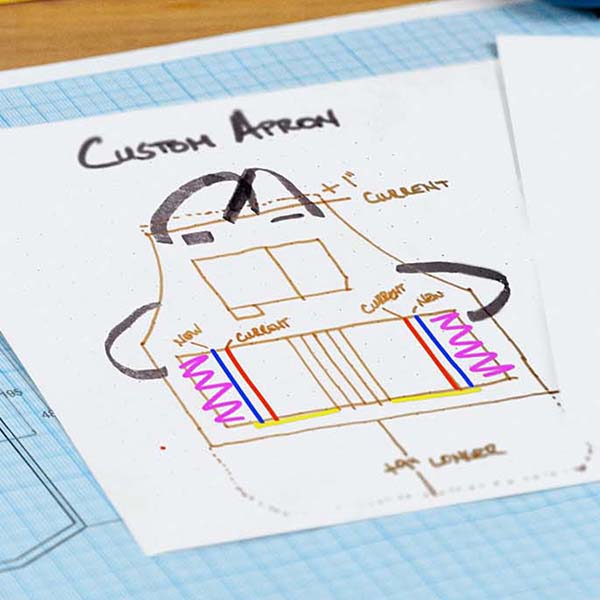
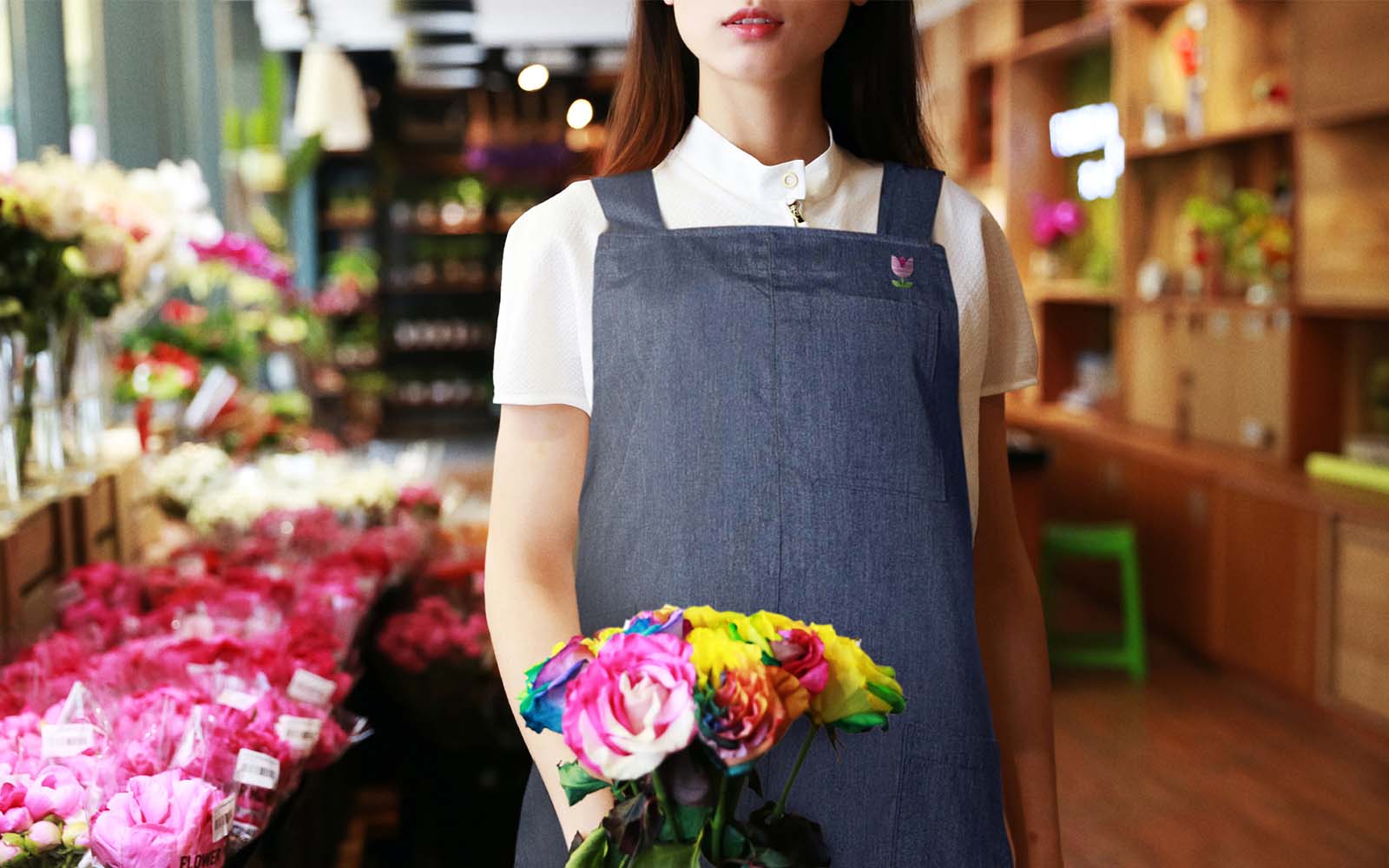

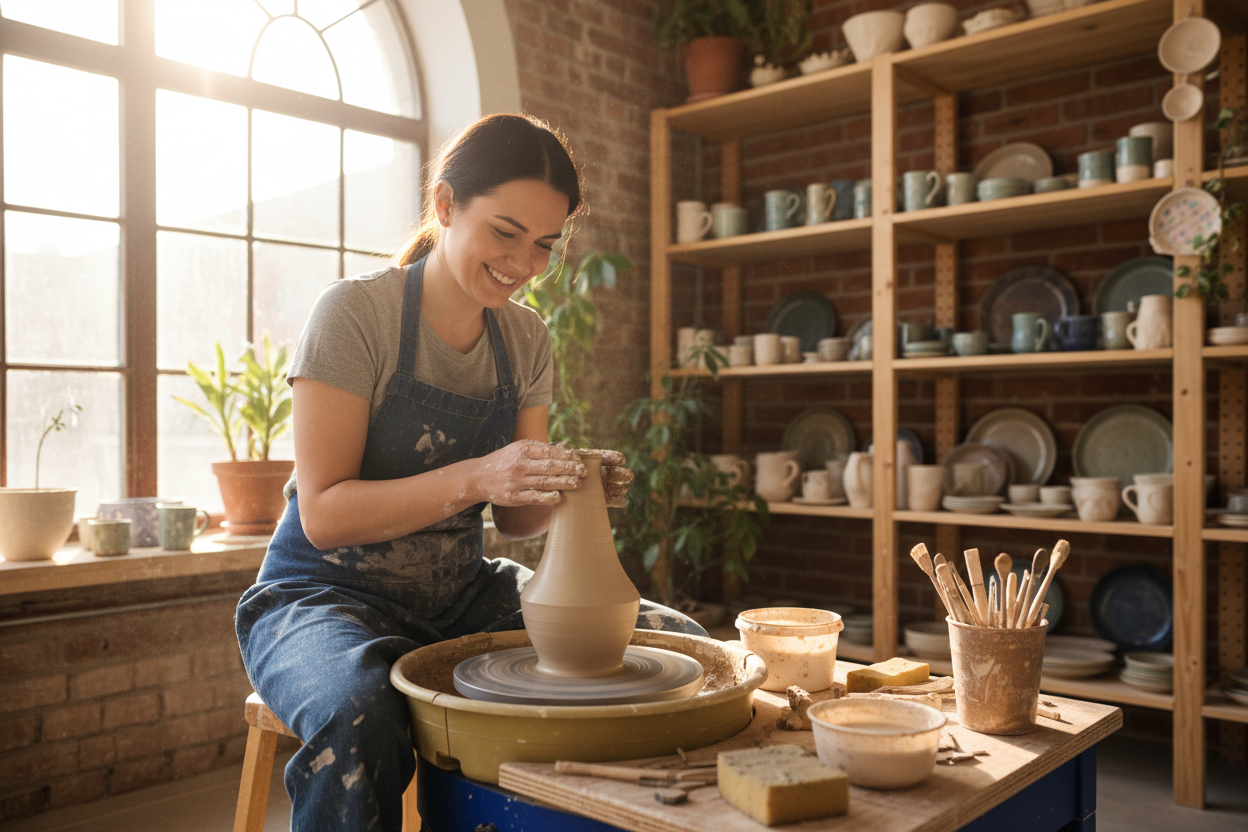

Leave a comment (all fields required)